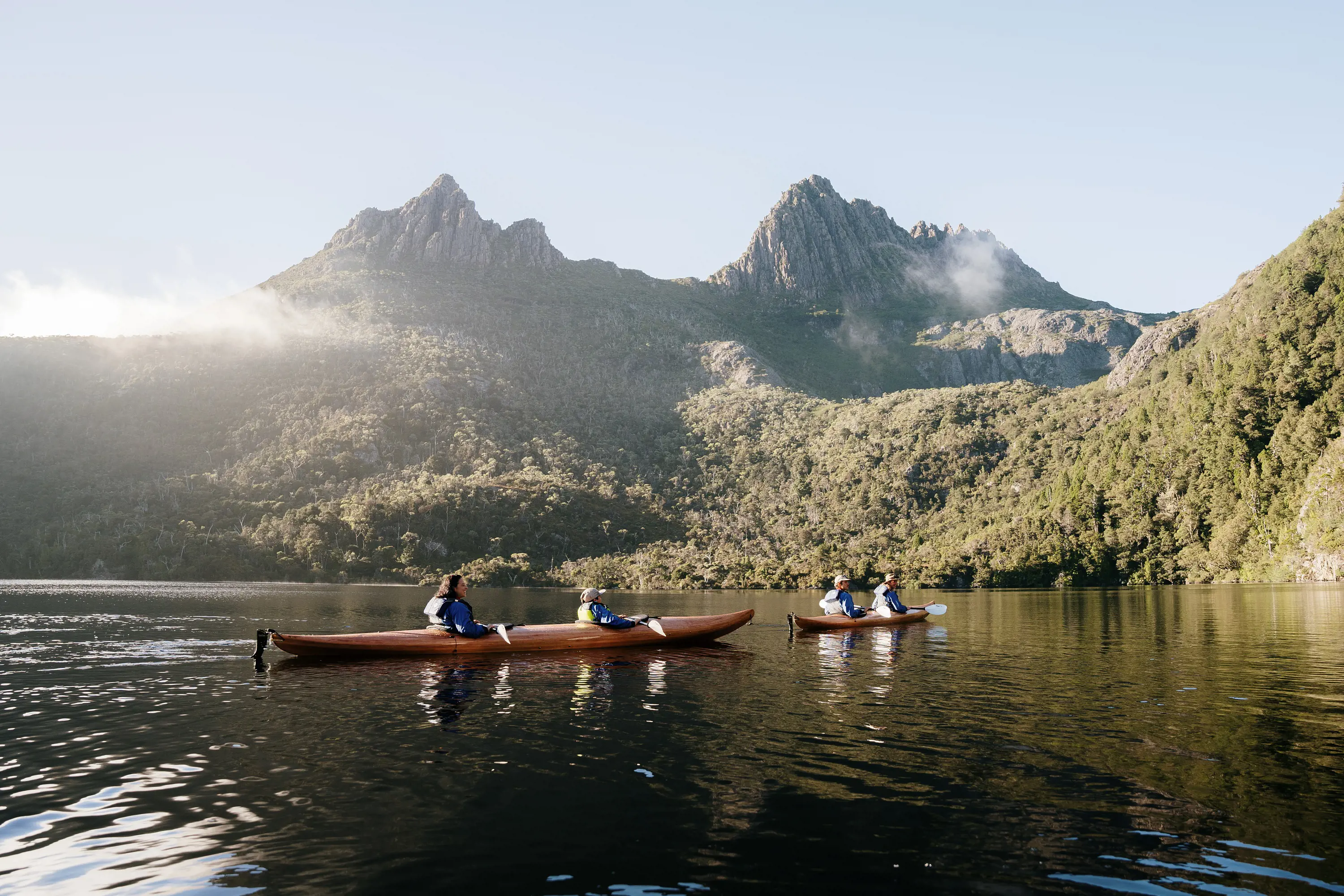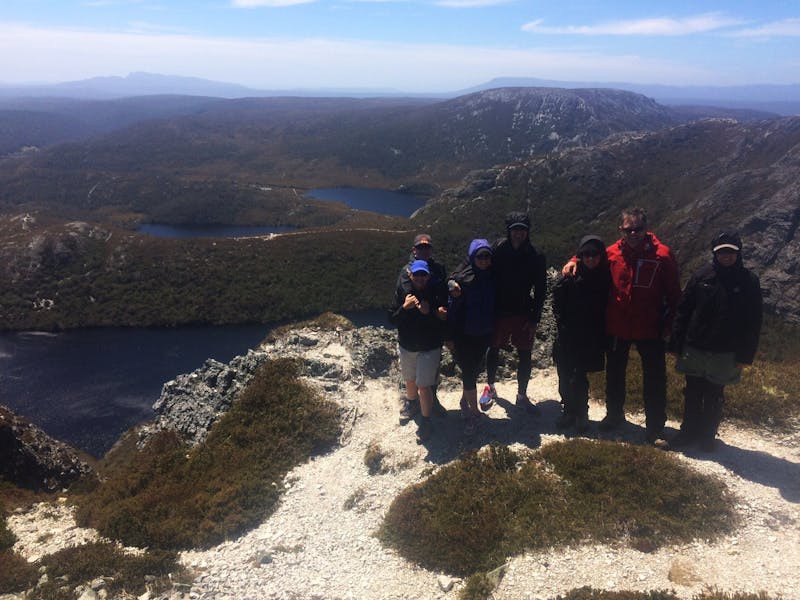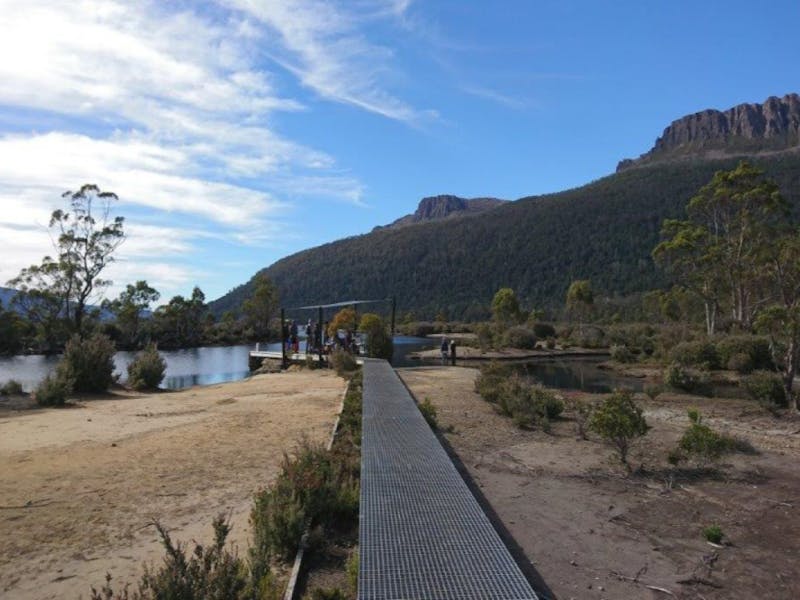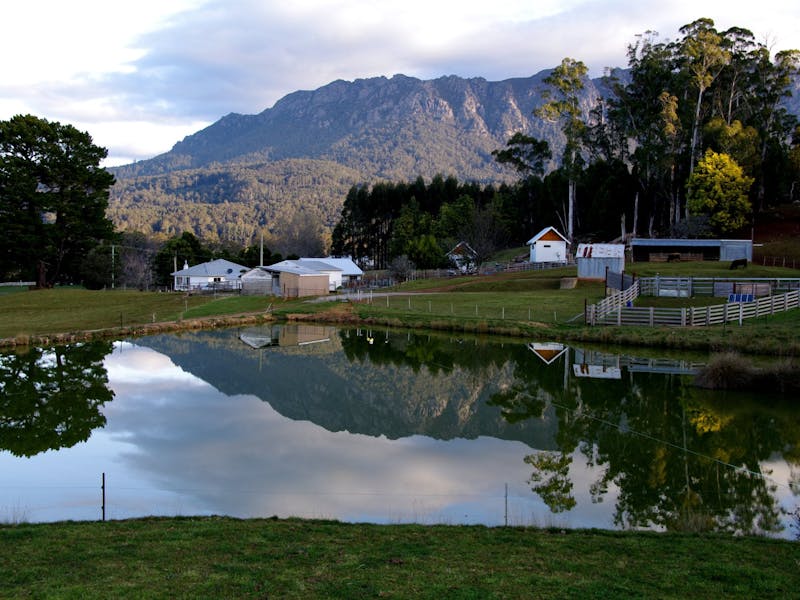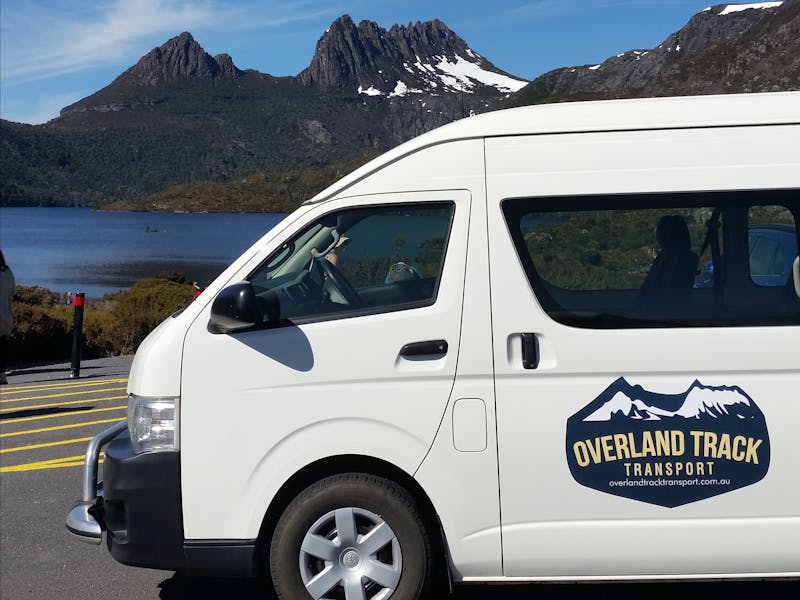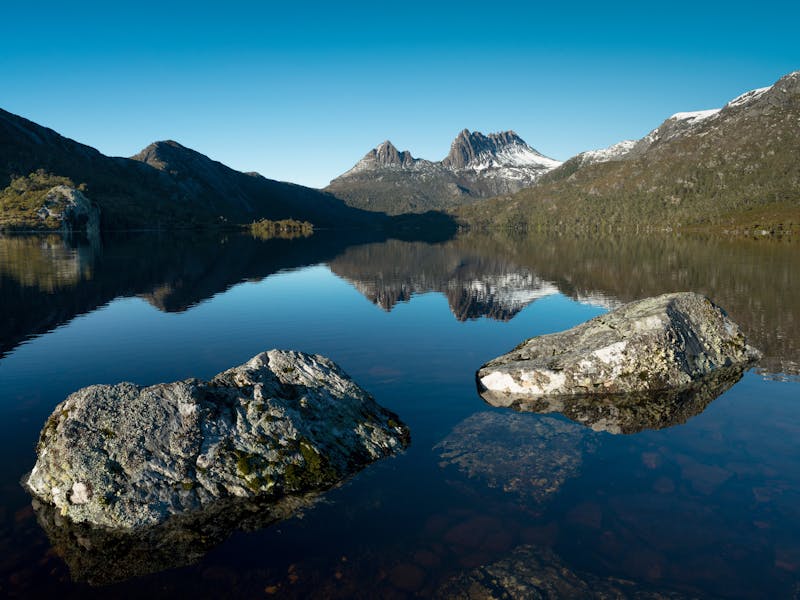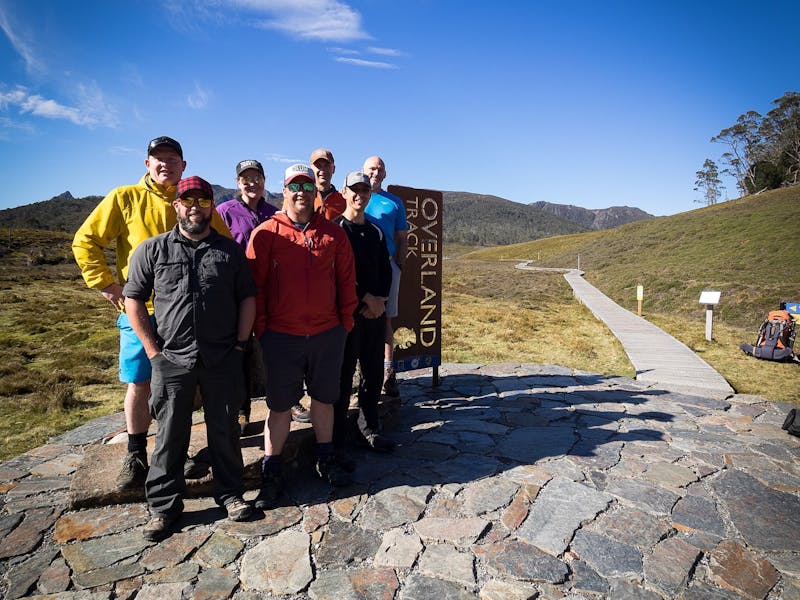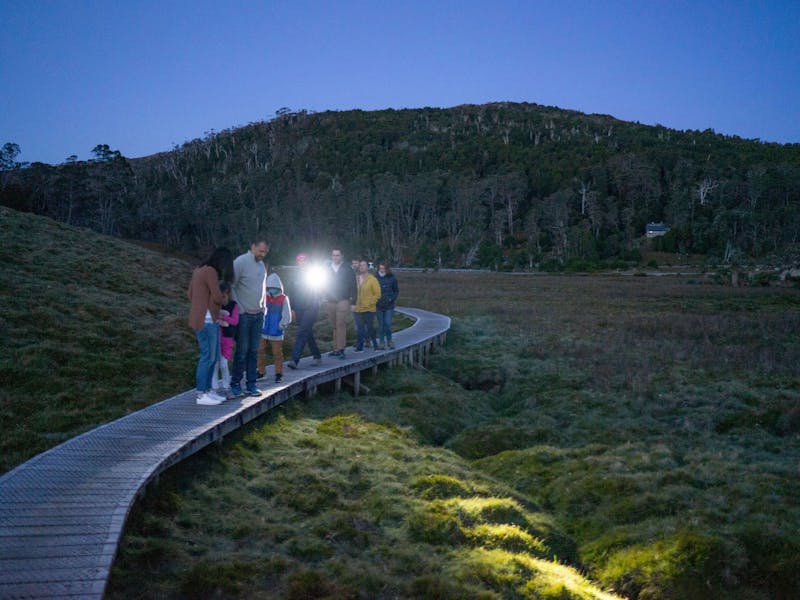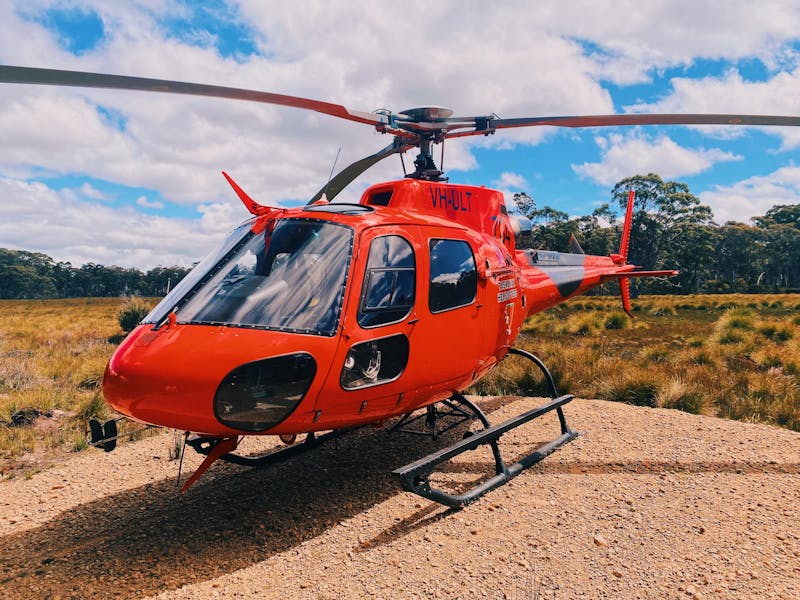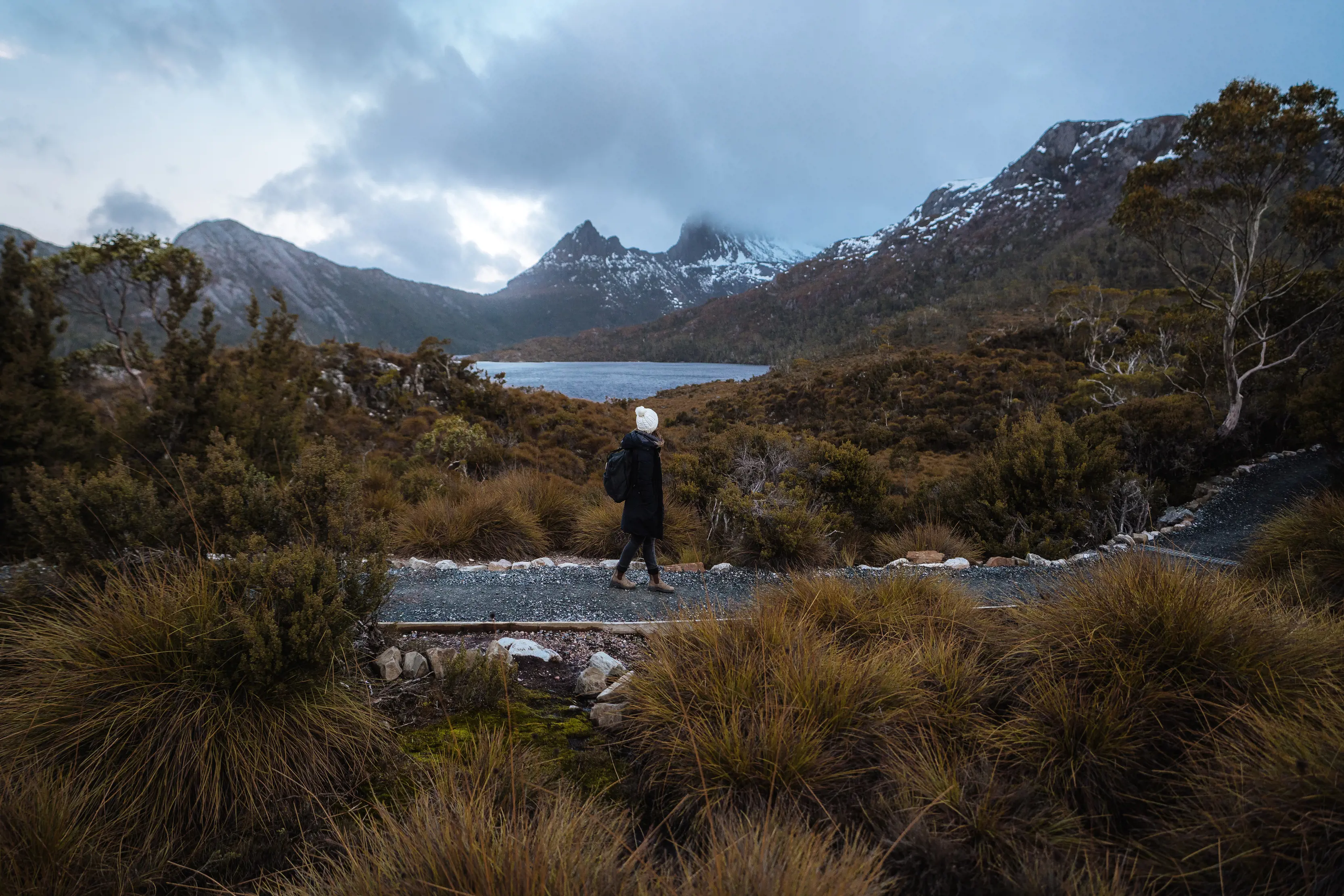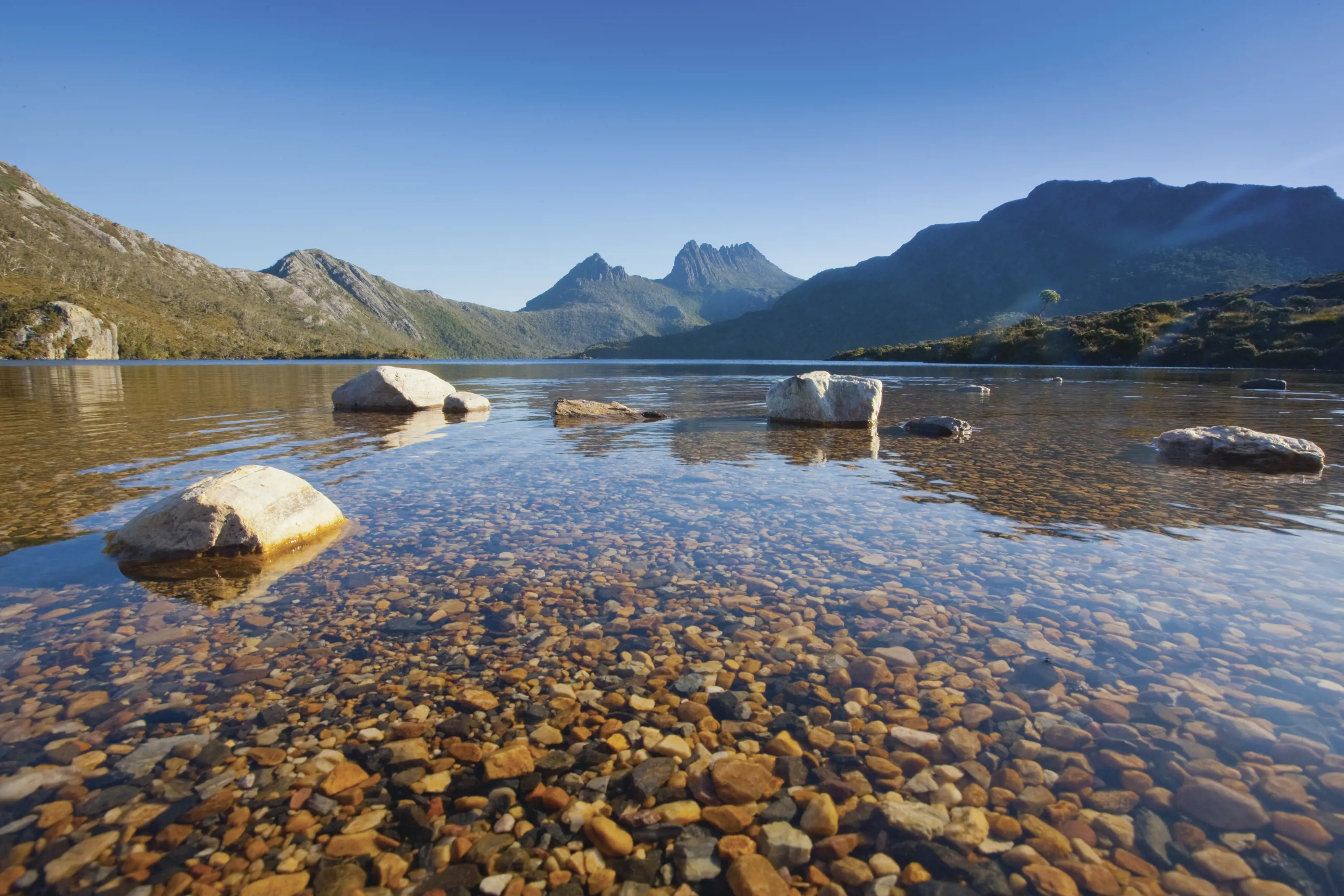
Tasmania’s most famous peak sets the scene for a range of towering mountain experiences.
The imposing summit – the fifth highest in the state – stands supreme above Dove Lake, which provides the classic Cradle Mountain view. The ridges and peaks around the lake, meanwhile, add new angles to the panorama.
This one mighty mountain, which rises at the northern end of Cradle Mountain-Lake St Clair National Park, is just the starting point to the area’s wilderness experience. Alpine lakes lie scattered across the landscape, riverbanks are cloaked in rainforest, and wildlife is prolific along the trails and around visitor areas.
Cradle Mountain is a place for all seasons, beaming through summer (with occasional unexpected snowfalls), gleaming white in winter, and glowing golden in autumn when the deciduous fagus turns in colour on the slopes above Dove Lake.
Come for the mountain, but expect so much more.

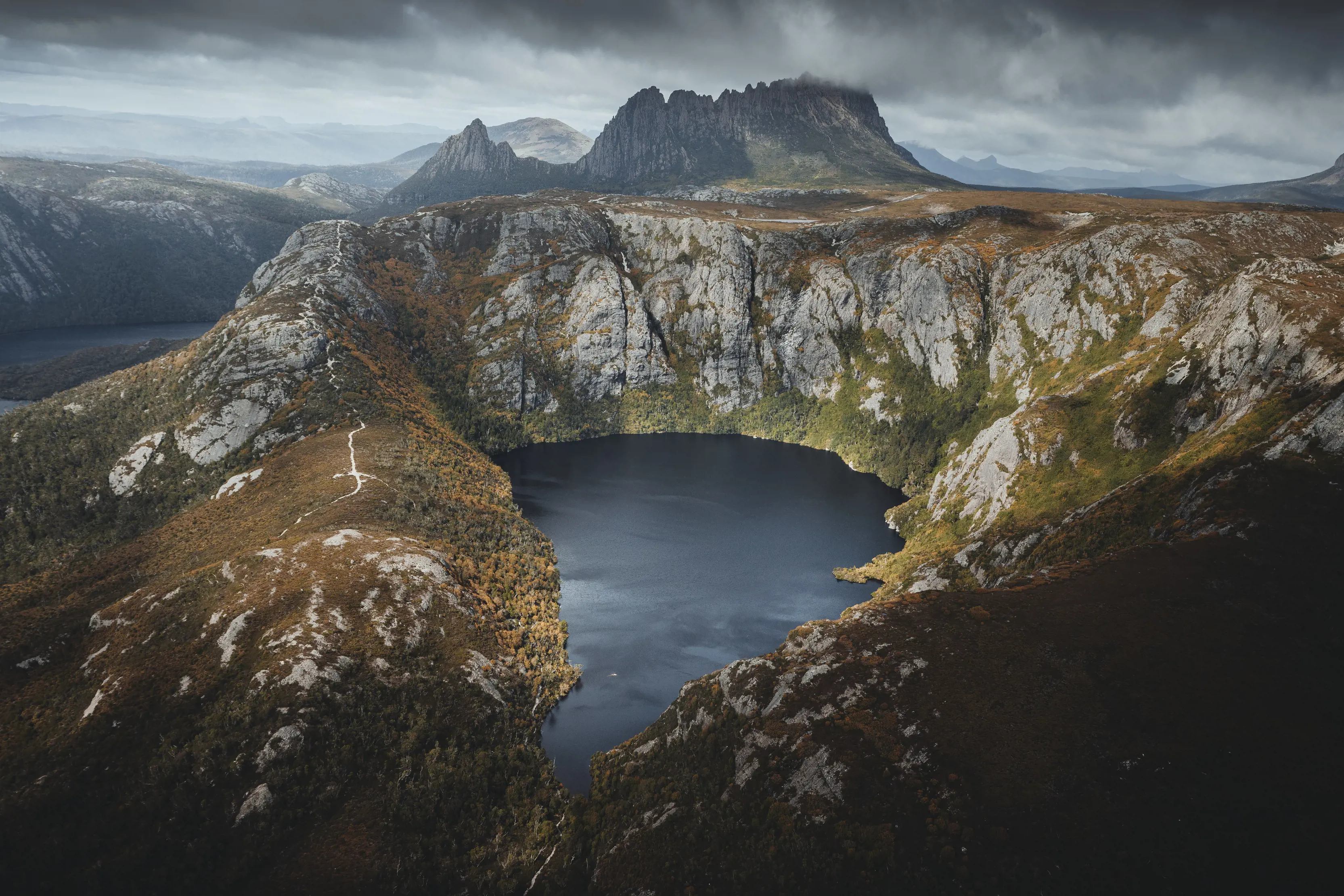
Don't miss
- Walk the Dove Lake circuit for prime views of Cradle Mountain.
- Set out on the multi-day Overland Track, one of Australia’s premier hikes.
- Catch a dinner hour with a difference at Devils @ Cradle.
- Enter the Cradle underworld on a canyoning tour.
Getting here
Cradle Mountain Visitor Centre is a 1hr 45min drive (140km) west of Launceston, and a 4hr drive (300km) north-west of Hobart. National-park shuttle buses run between the visitor centre and Dove Lake (8am-6pm in October-March, 9am-5pm in April-September), with private vehicles not permitted on the road during these times. Shuttle bus tickets are $15 return for adults, and free for children.

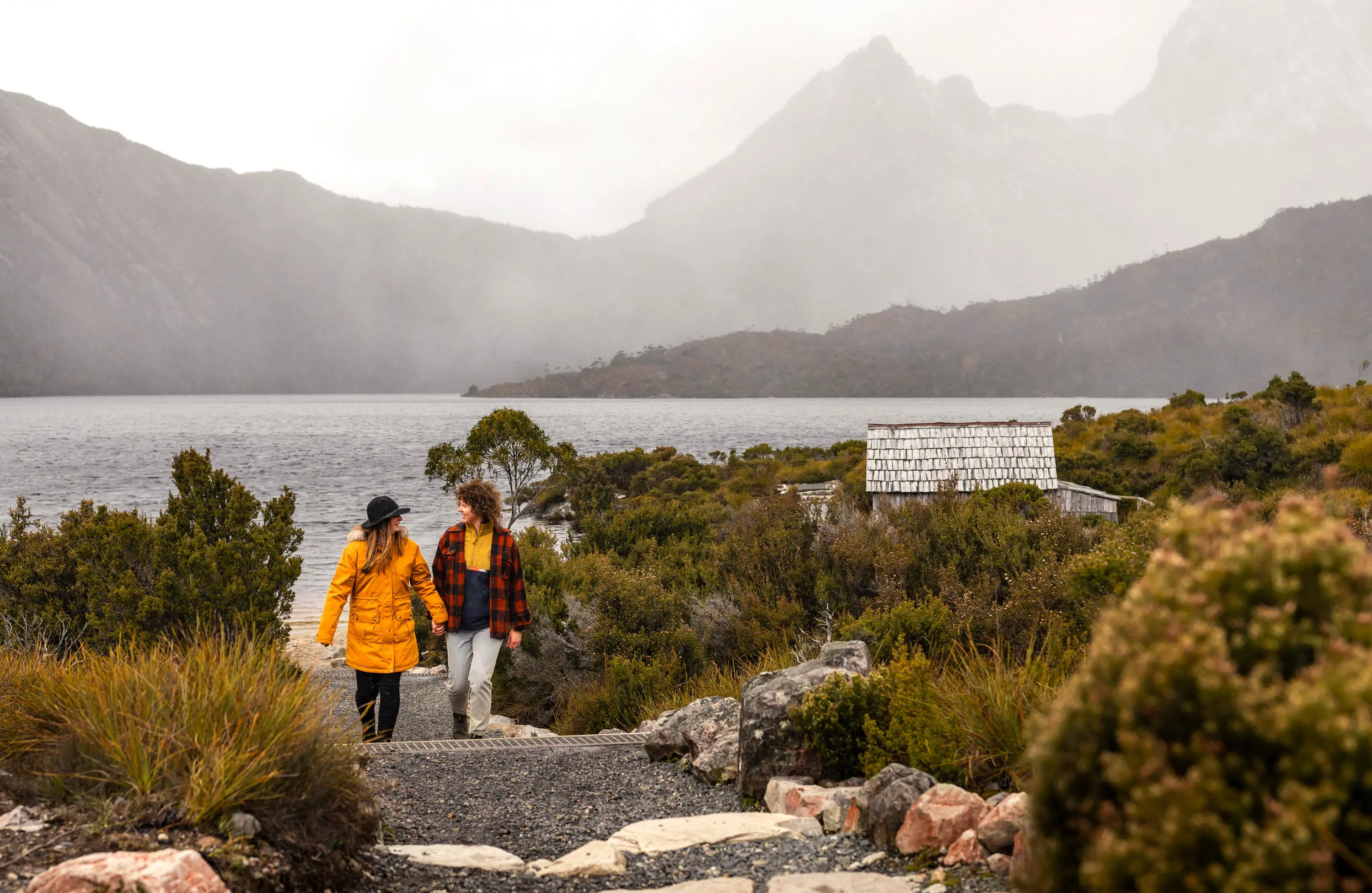
Things to do
Lake walks
Find the beauty that surrounds Cradle Mountain on a range of lake walks. The Dove Lake circuit (2-3hr, 6km) skirts around the famous lake at Cradle Mountain’s foot, with highlights including the old boatshed on its shores, the lush Ballroom Forest and continuous views of the area’s star mountain. The Crater Lake circuit (2hr, 5.7km) ascends to an alpine lake set in a deep hollow in the mountains, returning past serene Wombat Pool.
Climb the mountain
Cradle Mountain’s summit can be reached on a long day walk (8hr return, 12.8km) that requires dexterity as the walk scrambles up its rocky slopes.
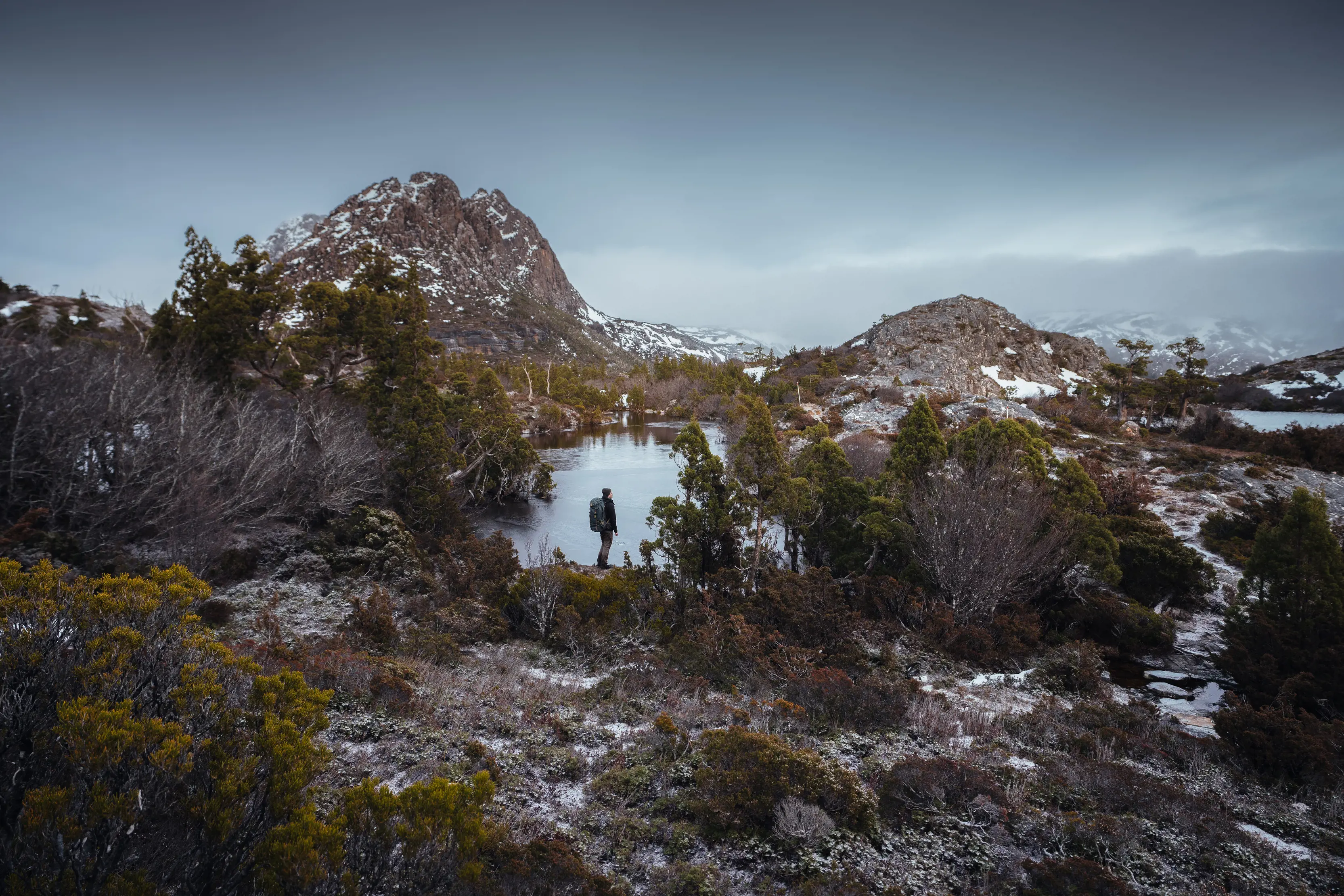
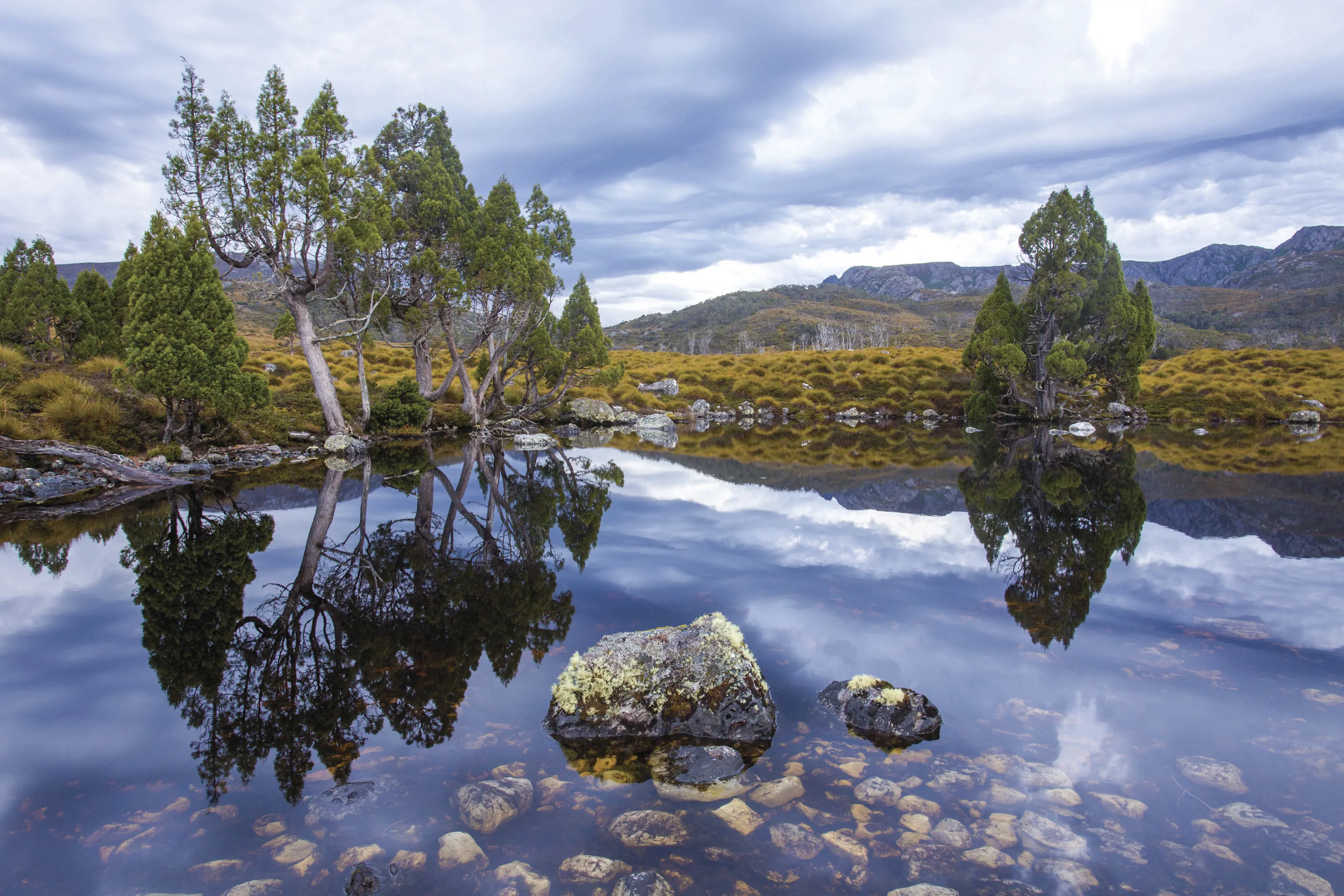
Hike the Overland Track
Tasmania’s most famous multi-day hike is the 65km Overland Track, which begins at Cradle Mountain and traverses the length of the national park to Lake St Clair. It can be walked independently – there are six public huts along the track – or on a guided walk with Cradle Mountain Huts Walk, staying in private huts. Plan on a six- to seven-day walk. From October to May, a permit is required to hike the track.
Devils@Cradle
Cradle Mountain’s devilish side can be found at this wildlife sanctuary, home to Tasmanian devils and the carnivorous eastern and spotted-tail quolls. Wander the sanctuary at leisure during the day, or come after dark for a night-feeding tour. At the Sunset Experience (October-April), the feeding extends to the guests, with sweet treats and drinks around a campfire as part of the tour.
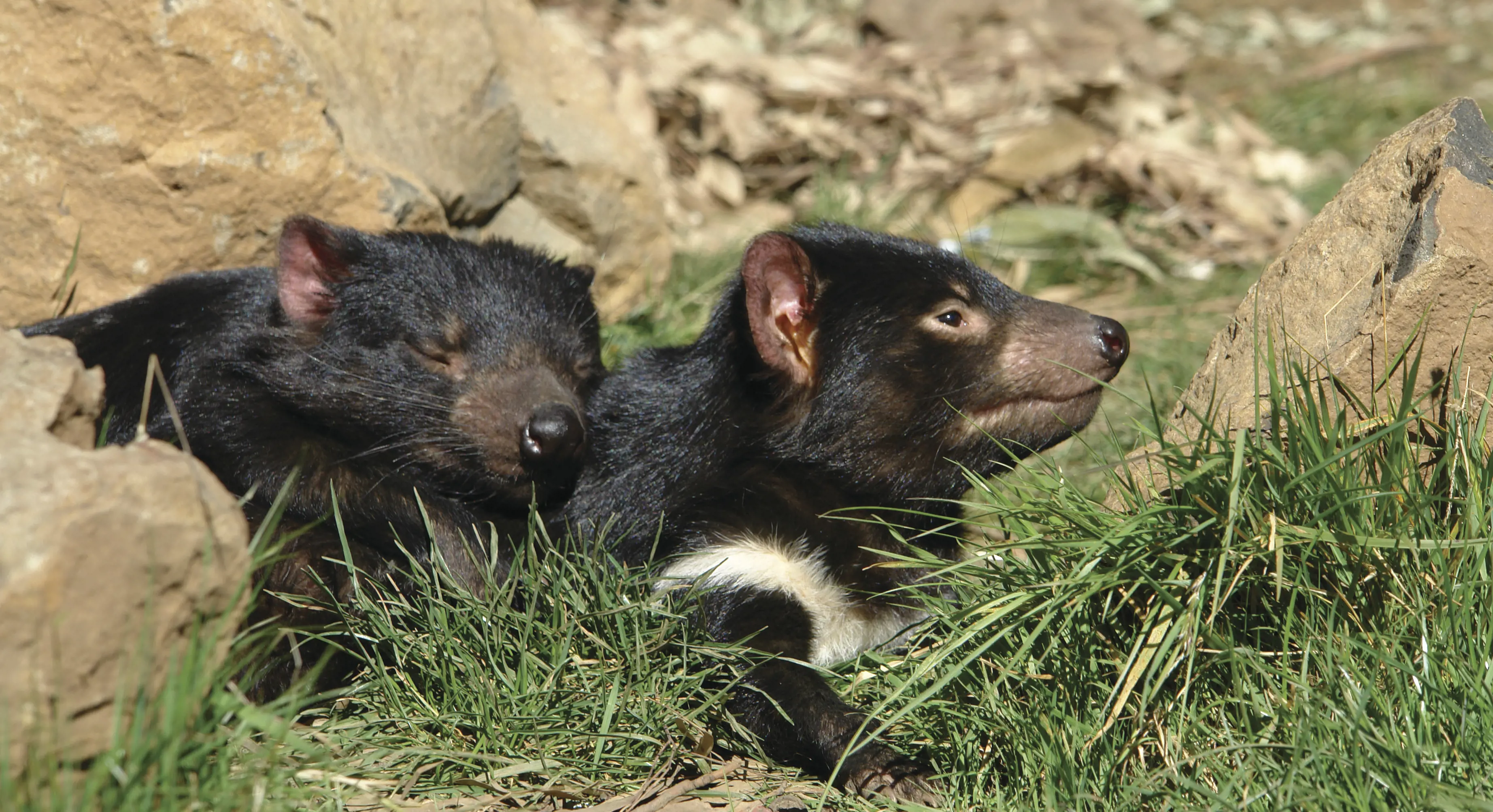
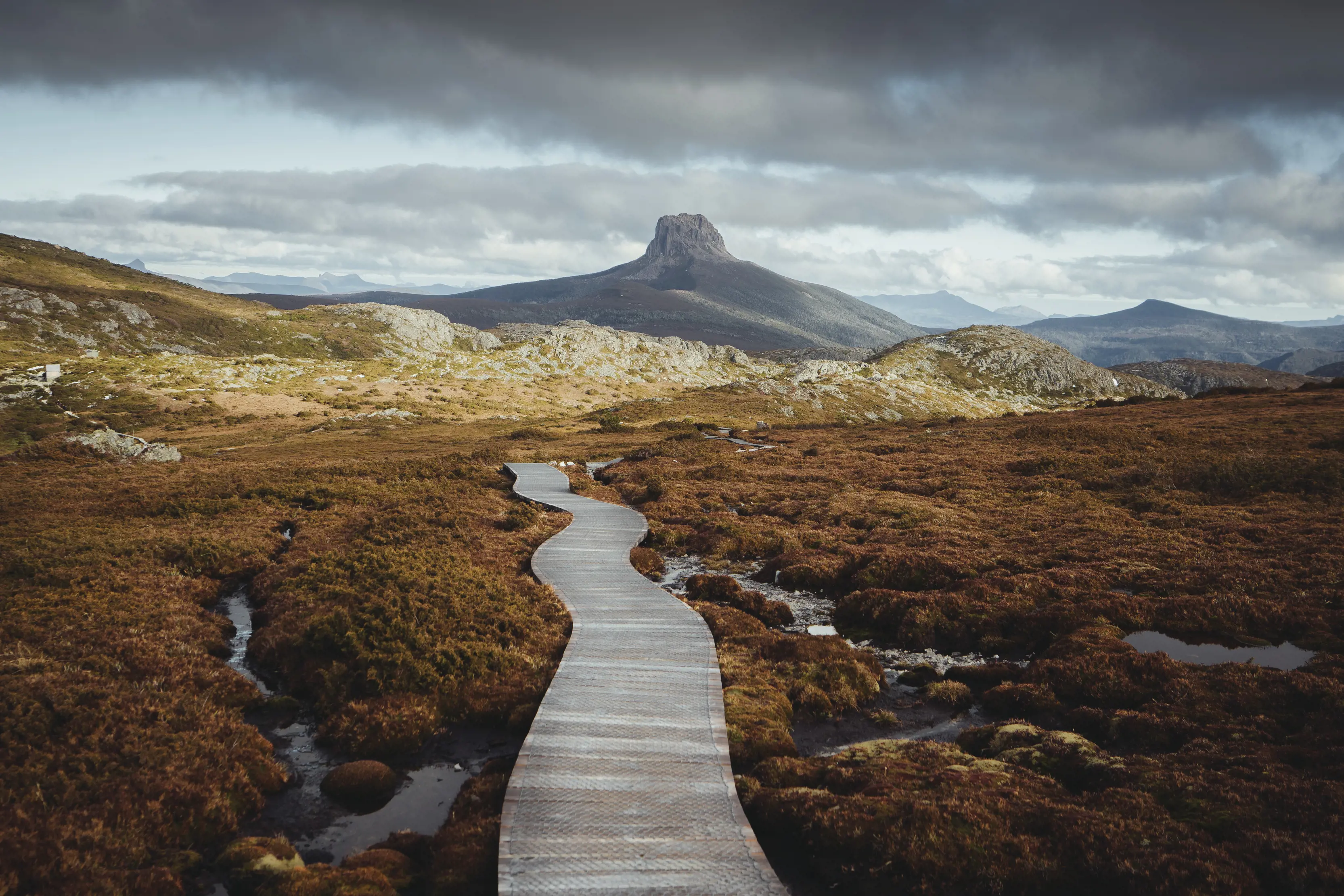
Cradle Mountain Canyons
Some of the most spectacular spots at Cradle Mountain are beneath your feet – this adventurous guided trip delivers you deep into the area’s hidden canyons. Abseil, swim, leap and slide through the Laundry Chute in Dove Canyon, or make a series of high abseils through Machinery Creek. Families will be energised on the Lost World Canyon trip (minimum age, eight).
Cradle Mountain Helicopters
Get a higher view than even the mountaintops allow on a scenic flight with Cradle Mountain Helicopters to Cradle Mountain and beyond. Options range from a 20min flight over Cradle and nearby Fury Gorge – Australia’s deepest gorge – to extended flights across the national park and the west-coast mountains.
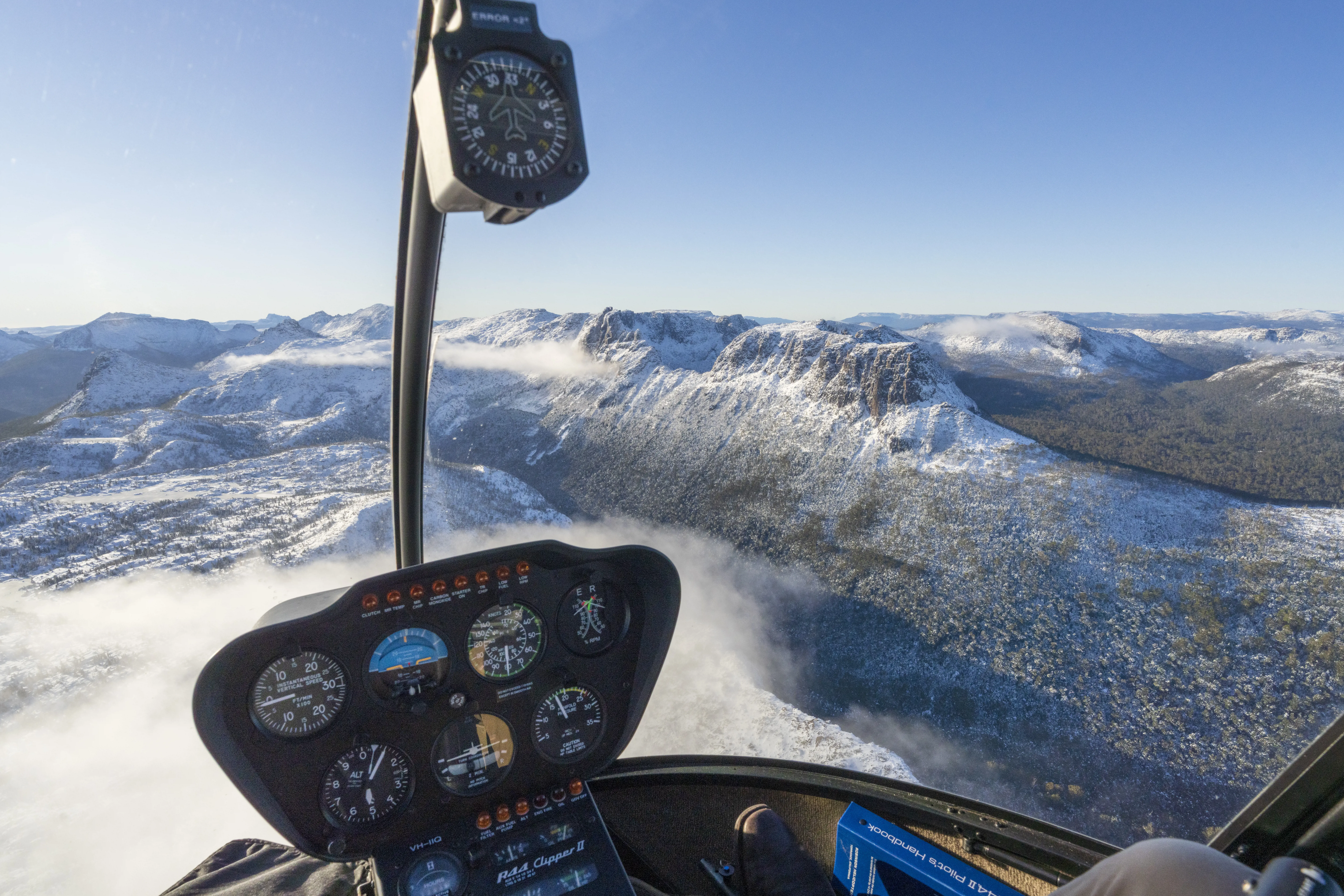

Waldheim Alpine Spa
Exhausted by all the above? Settle back and be pampered at Waldheim Alpine Spa with a soothing view onto the wilderness. Rejuvenate with a massage, or head to the sanctuary with its steam room, sauna, hot tub, cool plunge pool and relaxation lounge.
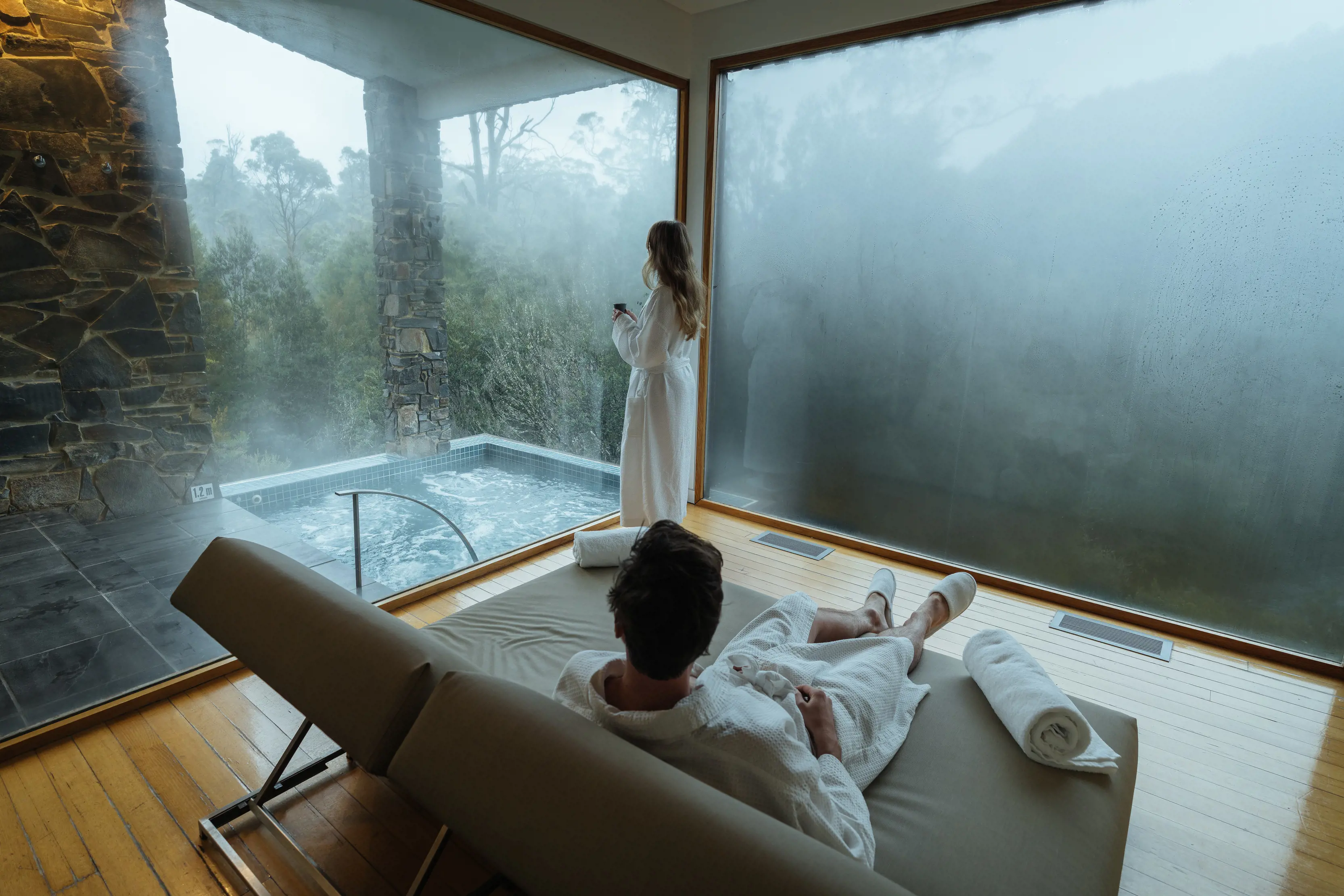
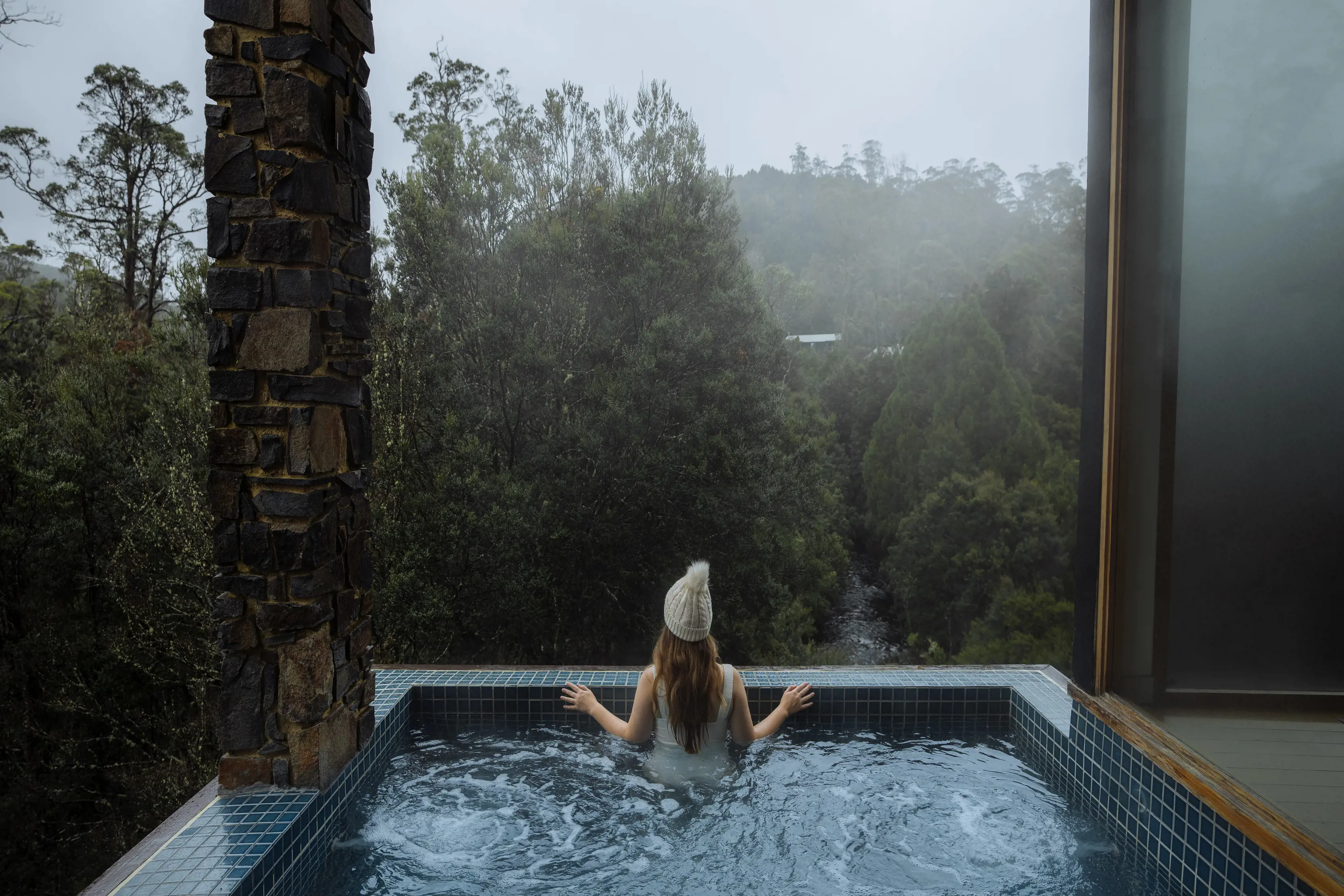
Places to stay
Explore cosy Cradle Mountain accommodation options: from indulgent stays to off-grid alpine chalets and leafy campsites.
THE ITINERARY
Aim high, plummet low or keep hiking boots on the ground at Tasmania’s most popular natural playground.
